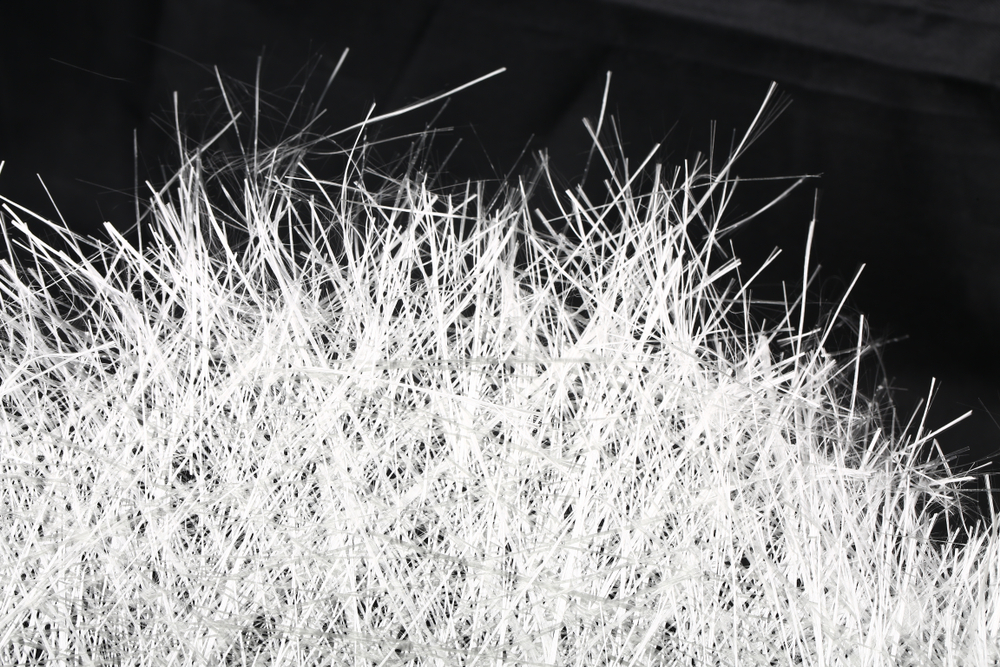What is Suede leather?



Suede is a kind of leather fabric. It can be derived from any animal skin that is used in the production of normal leather. The prime difference between suede leather and normal leather is that suede is made from the underside of the animal skin while normal leather is made from the topside of the animal skin. Because of this underskin composition, suede leather has a soft surface.
Some information about Suede Leather
Suede is usually made from lambskin but is also made from the skins of goats, pigs, calves and deer. In order to make suede fabric, the underside of the animal skin is separated from the top which makes suede leather thinner and flowy. It is therefore a split leather as compared to full grain leather. Because of this suede is less resistant to stains and durability. Suede leather is generally treated as a luxury fabric. This type of leather fabric has a napped finish. The nap of the fabric has tiny raised hair and can be tougher if the hide is used from older animals or animals with tougher skins like cows and deer.
The History of Suede Leather
The history of suede leather is relatively recent unlike many fabrics but not without an association of nobility. The term has been derived from the French gants de Suède meaning ‘gloves of Sweden’. Soft leather gloves were manufactured by Swedish tailors and the use of suede remained limited to that for quite a number of decades. Twentieth century saw a potential variety of using suede leather and expanded the production to suede jackets, shoes, bags and other applications. Its soft and delicate texture have made it a fabric of choice for high-end luxury fashion.
The Advantages of Using Suede Leather
Suede is more durable than other cloth fabrics. The thin texture of the suede fabric gives it a nice delicate drape. It has a very smooth surface due to the napped finish. Suede is a pliable leather which makes it easy to be moulded and folded for sewing like in suede jackets and purses. Suede products definitely last longer. The fabric is permeable to water unlike normal leather therefore is less of a waterproof material. Suede is not prone to shrinkage and stays in shape. The breathability is low and has heat retention properties, therefore is suited as a winter wear. Suede jackets are lightweight, therefore more comfy than normal leather jackets. Delicate handling and regular upkeep are advisable.

Applications of Suede
Suede jackets are very popular and a fashion staple. Other common uses are shoes, gloves, hats, bags, apparel lining, seat covers, belts. Since suede articles are prone to staining and absorbs moisture, it is better not to use suede jackets or shoes for any outdoor event.
When to launch Suede brands?
Winter is the time when demand for suede jackets is high. Nowadays some synthetic alternatives with less heat retention ability have made their ways to summer wardrobes. They are worn mainly as evening wear.
Leading manufacturers of Suede
China is the largest producer of Suede in the world. Europe too has a sizable proportion producing suede.
Types of Suede
- Suede : Only animal-derived nappy leather can be referred to as genuine suede.
- Ultrasuede : One of the first suede alternatives to arrive on the market which was developed in 1970 by Japanese scientist Miyoshi Okamoto. It is composed of 80% polyester microfiber and 20% polyurethane plastic. This fabric can be washed in a washing machine, and it can be tumble-dried.
- Alcantara : It was developed as part of a joint venture between Japanese Toray industries and the Italian firm Alcantara. This fabric is practically identical to Ultrasuede, and like this similar synthetic fabric, Alcantara is machine-washable. The only difference is that Ultrasuede is more commonly used in industrial and general consumer applications, Alcantara is used for upscale vehicle interiors and designer handbag linings.
- Sueded Silk : Sueded silk has all the beneficial attributes of silk, and unlike normal suede, it’s possible to machine wash sueded silk.
- Sueded Cotton : Sueded cotton undergoes a chemical process that roughens its exterior surface to resemble suede. This type of fabric is machine washable.
Environmental Impact
As a natural animal fibre the suede has the least damaging effect on the environment. Synthetic counterparts may lead to plastic waste and toxin release but natural suede does not destroy the ecosystem. However the major concern about suede leather production is the slaughter of animals which is a cruelty. Animal activists protest vehemently against the practice. Also the remaining part of the animal after skinning goes to waste. Also the animal breeding is resource exhaustive and overgrazing sometimes leads to soil degradation. Although suede may be sustainable as a fabric, the process must approach more organic and sustainable methods. Suede obtains certification that are available for leather like the global certification organization OEKO-TEX provides LEATHER STANDARD certification for leather products, and the Institute of Quality Certification for the Leather Sector (ICEC) also provides certification for leather products. The Leather Working Group (LWG) is an organization that provides certification services at every stage in the leather fabric supply chain.



















